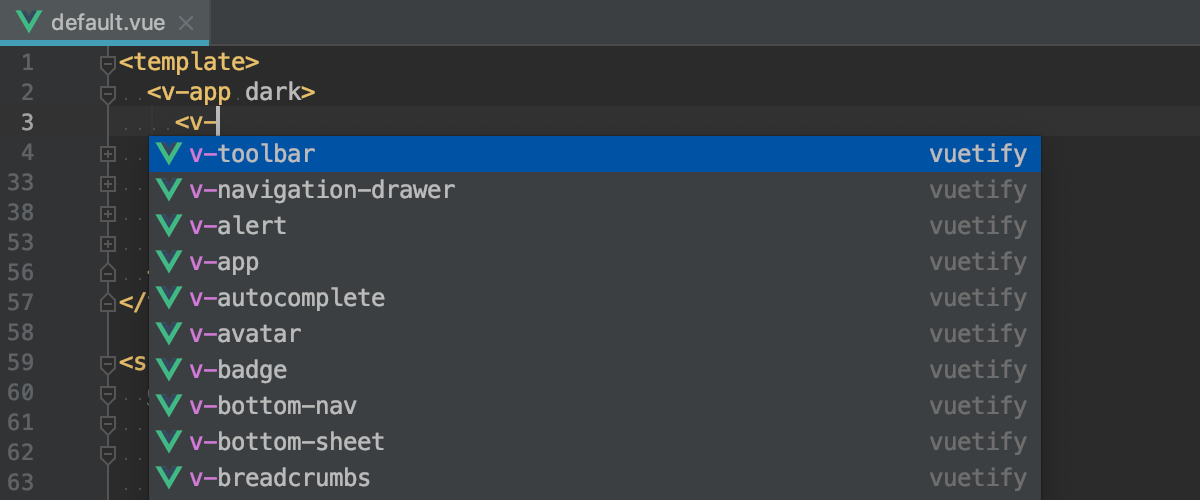

- #Getting started with webstorm nodejs how to
- #Getting started with webstorm nodejs code
- #Getting started with webstorm nodejs series
If the context is successfully initialized, the variable gl is our reference to it. If the browser does not support WebGL, getContext() will return null in which case we display a message to the user and exit. Once we have the canvas, we try to get a WebGLRenderingContext for it by calling getContext() and passing it the string "webgl". The first thing we do here is obtain a reference to the canvas, assigning it to a variable named canvas. Its purpose is to set up the WebGL context and start rendering content. The main() function is called when our script is loaded. clearColor ( 0.0, 0.0, 0.0, 1.0 ) // Clear the color buffer with specified clear color Main ( ) // // start here // function main ( ) // Set clear color to black, fully opaque
#Getting started with webstorm nodejs series
It's worth noting here that this series of articles introduces WebGL itself however, there are a number of frameworks available that encapsulate WebGL's capabilities, making it easier to build 3D applications and games, such as THREE.js and BABYLON.js.
#Getting started with webstorm nodejs code
The code examples in this tutorial can also be found in the webgl-examples folder on GitHub. It's assumed that you already have an understanding of the mathematics involved in 3D graphics, and this article doesn't pretend to try to teach you 3D graphics concepts itself. This article will introduce you to the basics of using WebGL. WebGL elements can be mixed with other HTML elements and composited with other parts of the page or page background. WebGL programs consist of control code written in JavaScript and shader code (GLSL) that is executed on a computer's Graphics Processing Unit (GPU).

WebGL enables web content to use an API based on OpenGL ES 2.0 to perform 2D and 3D rendering in an HTML canvas in browsers that support it without the use of plug-ins. HTMLCanvasElement: webglcontextcreationerror.WelcomeBtn.addEventListener('click', function())

On this page, we’ll add a Welcome! button using the following code: Ĭlicking the Welcome! button calls main.js: const greeting = require("./greeting.js") Ĭonst welcomeBtn = document.getElementById("welcomeBtn") Ĭonst welcomeMsg = document.getElementById("welcomeMsg") To create a file, select the project root folder my_webpack_app, right-click on it and select New | HTML File or New | JavaScript File from the context menu. Now let’s create the JavaScript files main.js and greetings.js, and an index.html file that references main.js. Once you click Create, an empty project will be generated and opened in WebStorm. In the New Project dialog, select Empty Project and specify the name of the project. We’ll start by opening WebStorm and clicking New Project on the Welcome screen.
#Getting started with webstorm nodejs how to
In this tutorial, we’ll go over how to get started with webpack in WebStorm. It’s also capable of transforming, bundling, and packaging most assets and resources. Its main purpose is to bundle JavaScript files for usage in browsers. Note: This blog post was updated in October 2022.


 0 kommentar(er)
0 kommentar(er)
